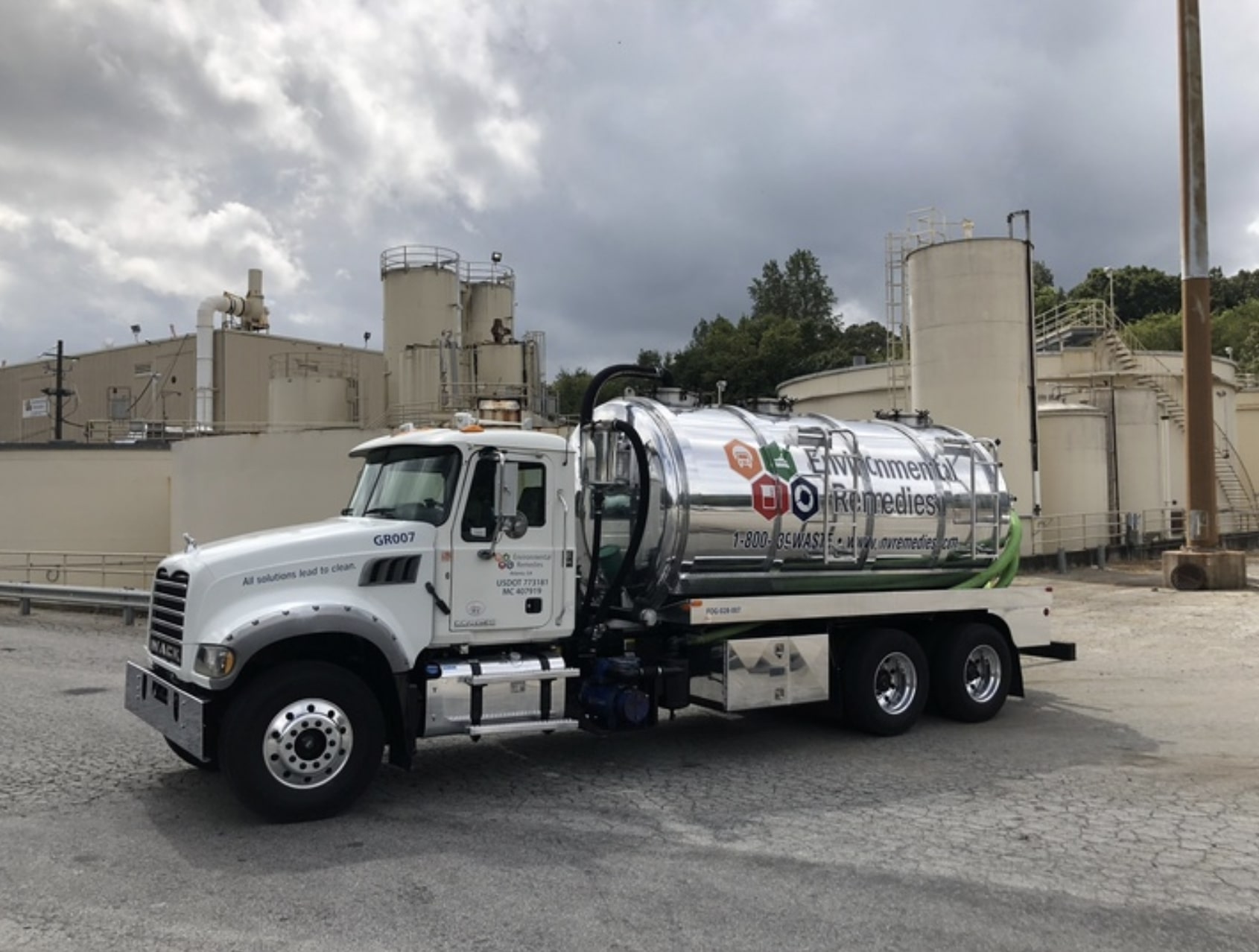The Problem with Grease and The Grease Trap Solution
If you’ve cooked in a kitchen, you’ve probably been warned to never pour leftover grease into the kitchen sink. There is good, scientific reason for this. That excess grease is an organic, nonpolar compound made up of large molecules tightly packed together. On the flip side, water is a compound made up of comparatively smaller molecules (1 oxygen atom and 2 hydrogen atoms). Because of this, the density of water is greater than that of grease. Therefore, grease floats.
While this may not sound troubling, the real problem occurs when the fats, oils, and grease (oftentimes referred to as FOGs) solidify and clog up the pipes, preventing water from freely flowing. Luckily, we’ve found solutions to this problem if grease were to find itself lodged in a drain. Enter grease traps, which were invented longer ago than you’d think.
When Were Grease Traps Invented and How Do Grease Traps Work?
We’ve been using grease traps since Victorian times, thanks to Nathaniel Whiting of California. In 1884, Whiting patented his gravity-, or passive-, type grease collector design. Boxes were positioned below the sink within the waste drain with the idea in mind that waste flows slowly enough for the grease collector to intercept it before the waste interferes with the internal system.
Since then, grease traps are used in a variety of places, from small sinks to large sewer systems. However, grease traps function solely for kitchen waste, not that of toilets. It’s functionality remains similar— FOGs float on water while solid particles sink. Baffles, which help keep grease towards the front of the grease collector, delay the influx of wastewater, allowing a settlement period that separates oils, food particles, and thus cleaner water can flow through.
The Materials Behind Grease Traps and Their Effectiveness.
Grease traps can be composed of a variety of materials such as stainless steel, mild steel, and or concrete. Grease trap size varies— some grease traps can even hold up to 45,000 gallons. They can be located above ground, below ground, inside kitchens, or outside of buildings. Grease traps used in a multitude of places beyond your standard home kitchen. Grease traps service the food industry in restaurants, cafes, and bars. Buildings with large populations, such as schools, colleges, and offices, also require grease traps. Social gathering spots like sport venues and arenas necessitate grease traps too.
The effectiveness of grease traps ultimately depends on factors such as the size, location, and practice of a kitchen. Design and drainage systems impact the efficacy of grease traps as well. Though on average, a single grease trap will retain from 50-90% of all FOGs that attempt to pass through.
Grease Traps and Environmental Remedies
Here at Environmental Remedies, we are fully licensed and meet all state, county, and city of Atlanta requirements. In our work, we go beyond simply cleaning out the grease from grease traps; additionally, we remove, treat, and dispose of grease trap waste to the highest environmental standards. And we will continue our practice to ensure grease traps remain clean with the least environmental impact possible.
Do you or someone you know need grease trap cleaning and treatment? Contact our office today.






